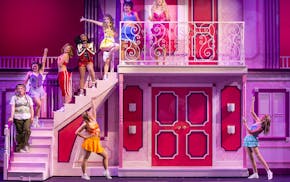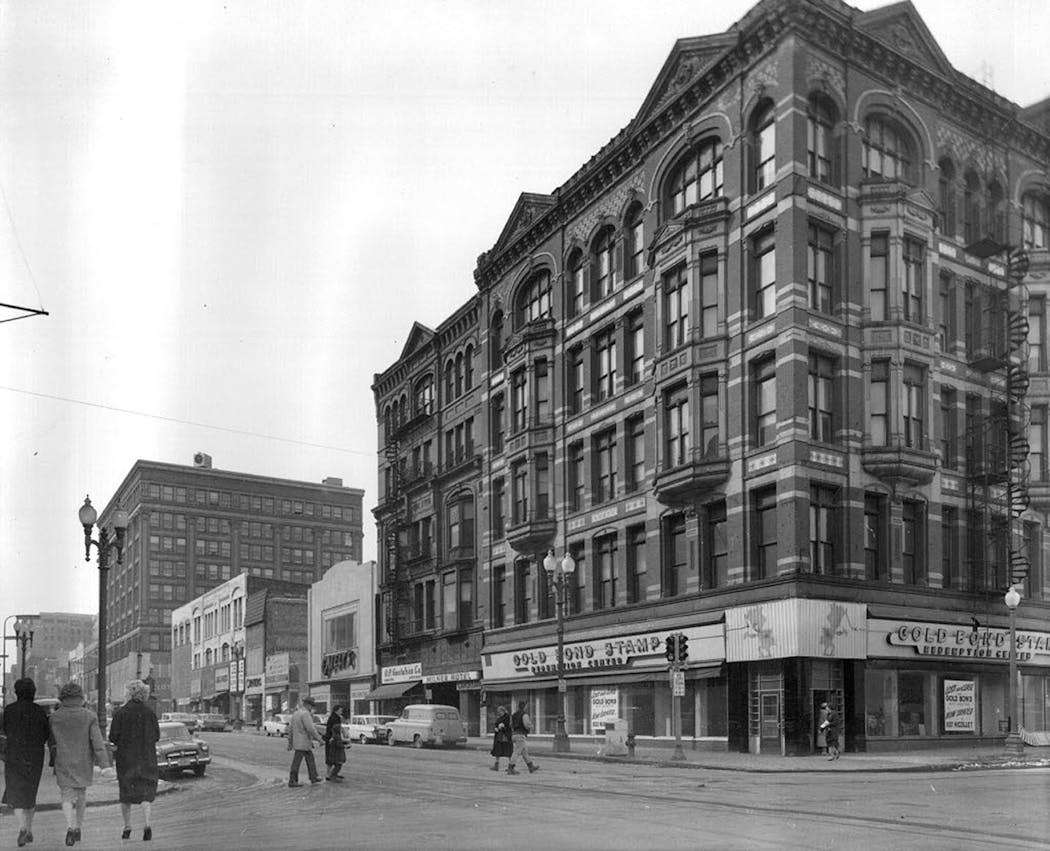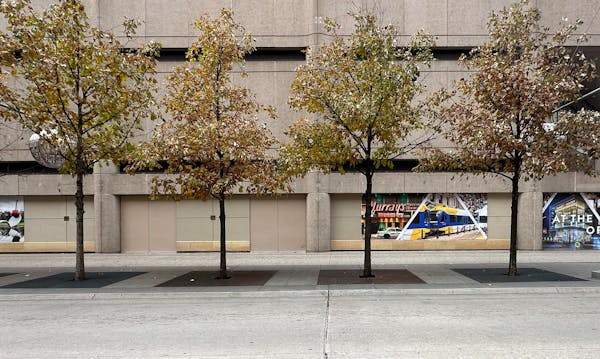Late last year the Minneapolis Foundation, a nongovernmental organization devoted to strengthening the city and its communities, released "Downtown Next," a new vision for reviving the city's core.
The report abounds with hopeful ideas: repurposing the Post Office building, making things "green and beautiful," increasing safety, making Nicollet Mall more interesting. The last one will not be that difficult, since it's absolutely uninteresting at present, and even one guy juggling on a street corner would make a difference.
Then there's this:
"Street Experience. Downtowns are experienced first at the ground level. Let's focus on storefronts and what is needed to support small businesses in them. Action: Service-Focused Skyways. Stop diluting the pedestrian traffic needed for ground-level retail and instead focus skyways on services and commuting."
The plan goes on to call for a moratorium on new skyways, and notes, "We should move all retail shops (and the pedestrians who shop in them) to the sidewalk level to transform the core of downtown."
The anti-skyway sentiment reflects a new attitude about something that was once regarded as a marvelous attribute of downtown. It's a signal to the contemporary cohort of urban-design enthusiasts who hold two certainties: If the skyways hadn't been built, we would have thriving ground-floor retail. And the existence of the skyways keeps us from having thriving ground-floor retail.
But is this true?
I share the dream of a downtown with lots of interesting shops at street level in individual buildings, not slots in a megablock. Large department stores that anchor downtown and provide something you can't get in the suburbs. Cafes and restaurants with big windows that show convivial, lively, civilized settings. Lots of pedestrian traffic to assist safety and provide those ever-mentioned attributes, bustling and vibrant. Perhaps a streetcar or two clanging along for an old-world feel. Certainly not buses, because buses are, well, buses.
But we had that dream, once. The citizens of Minneapolis, over the course of decades, allowed (and in most cases endorsed) its destruction, and what wasn't demolished was willingly abandoned.
The leveling of the Gateway district in the late 1950s and early '60s was, in hindsight, a mistake. If city leaders had resisted the urban renewal theories of the time, we'd have been able to restore blocks of charming old buildings, some of which admittedly had become little more than flophouses. But raze and pave was the approach.
The department stores vanished because people stopped shopping there. The variety stores, same thing. The small buildings that held old stores — the unglamorous shoe repairs, corner groceries, liquor stores and bakeries — were torn down and replaced with much larger structures that embodied the city's newfound sense of importance.
In the 1960s and '70s, progress built the IDS Center at the cost of all the interesting smaller buildings on the site. Ditto the Midwest Federal building (now RMS Plaza). Among the first was the Northstar Center (built in 1963) with its new idea of indoor living and skyway-connected buildings, and the result was a unique urban model that abandoned the old retail paradigm just as it was dying.
We still have old storefronts and blocks of interesting old buildings — without skyways — in the Warehouse District, or the North Loop. But the core of the city needs its small stores, cafes and restaurants. A moratorium? I say build more, wherever they're needed.
A strenuous, expensive effort could perhaps fill the ground floors of the buildings along Nicollet Mall and other downtown streets, but it wouldn't bring back the shoppers who used to take the streetcar downtown to shop. They are gone.
Downtown has to serve the people who live and work there. On warm summer days, those are the people who'll be walking the city sidewalks, offering the requisite vibrancy. But in winter they will not be cavorting down Nicollet Mall like Mary Tyler Moore, tossing tam o' shanters into the falling snow. They'll be inside, in the skyways, warm and unencumbered.
We used to take pride in the skyway system. We'd show it off, taking visitors through the winding, elevated sidewalk, which emptied into plazas like the Crystal Court. They were our version of the bridges of Venice, according to IDS architect Philip Johnson.
We loved them. We loved the Nicollet Mall, too, but that got reimagined as a sterile, monochromatic mishmash of inscrutable ornaments and installations. Don't let the same thing happen to the skyways.

For 'Legally Blonde' star, 'being underestimated is her secret superpower'

Restaurant openings and closings in the Twin Cities

Minnesota's Amy Thielen launches old-fashioned radio show for food lovers
Yuen: How success has pushed Minnesotans off sidelines in trans athlete debate




